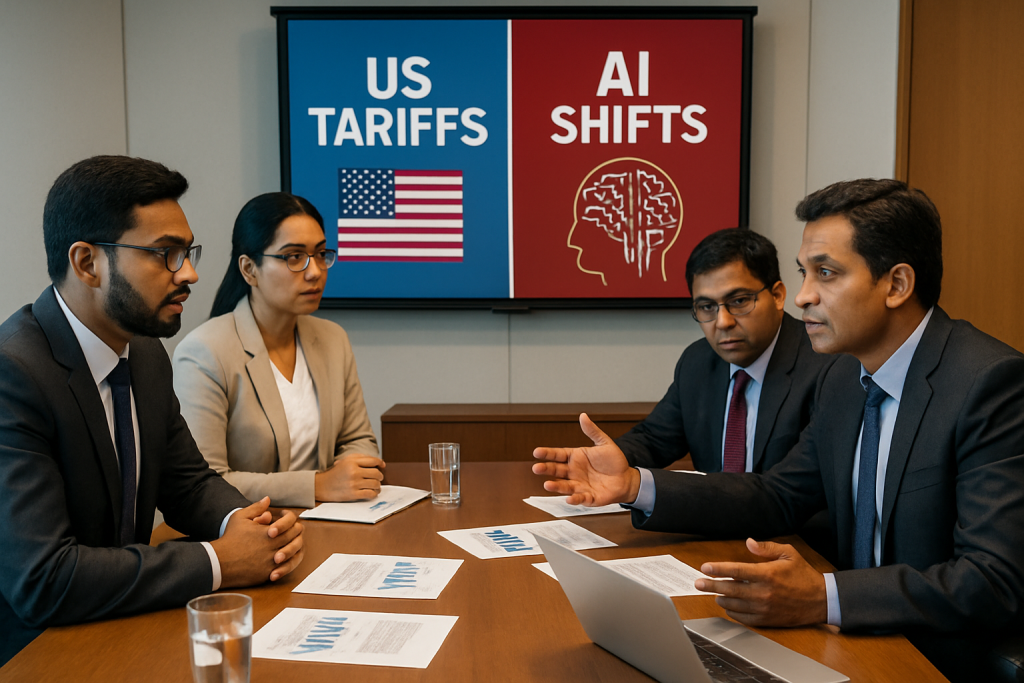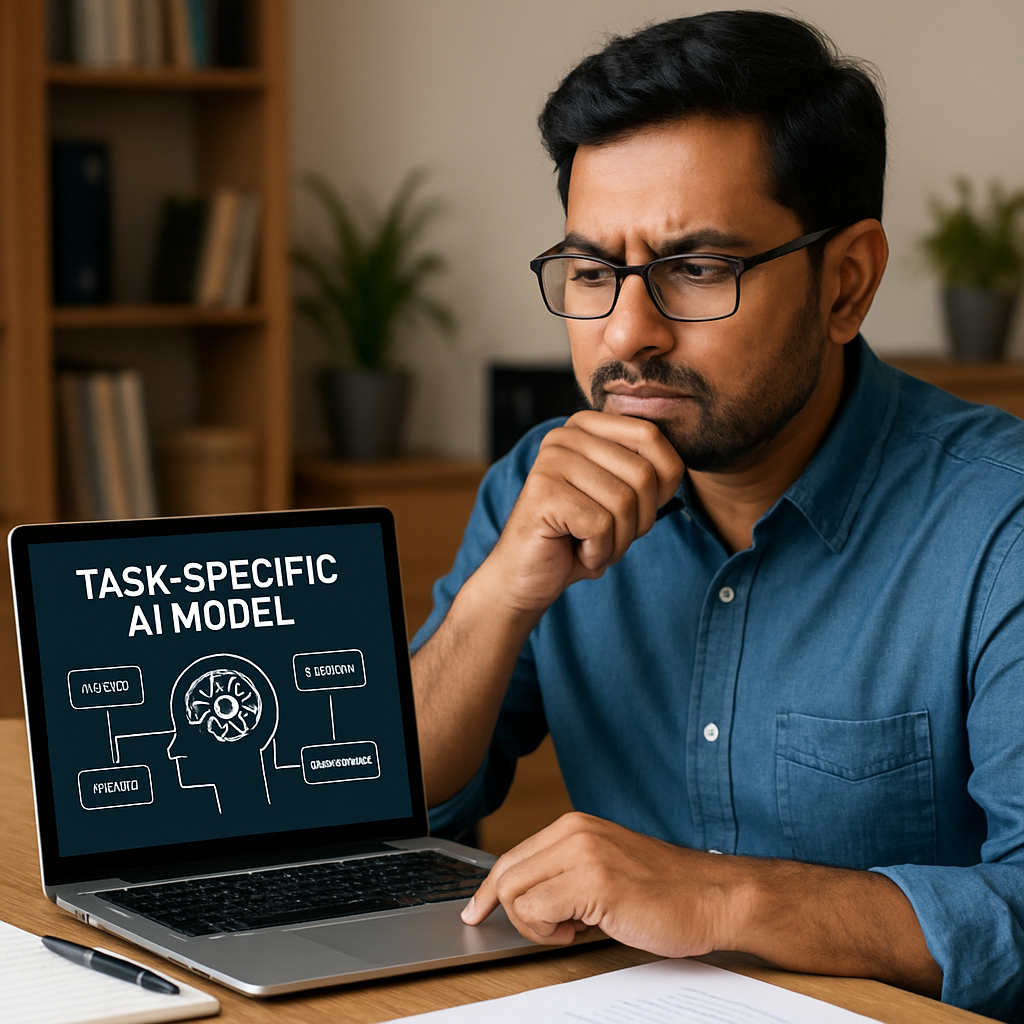Indian IT companies face a double challenge. Trump’s 25% tariffs combine with AI-driven efficiency pressures. This creates new hurdles for the $190 billion sector.
The timing couldn’t be worse for Indian IT firms. They were expecting clearer trade relations by August. Instead, Trump’s tariff announcement threatens recovery hopes. The sector depends on the US for over half its revenues.
“Trump’s 25% tariff is the new IT services wrecking ball,” said Phil Fersht, CEO of US-based HfS Research. “While services aren’t directly taxed, the new tariffs stoke inflation in the US, forcing American firms to tighten discretionary spending.”
Why It Matters Now
The tariffs work like a tax on American buyers. This cuts into India’s IT services model. Manufacturing, logistics, and retail customers will slash IT budgets first. They need to manage higher input costs.
According to Fersht, deal slippage will hit manufacturing, logistics, and retail verticals. This impact should become visible by September quarter. American enterprises are slamming brakes on discretionary spending.
Kotak Institutional Equities noted demand environment took a slight hit. Uncertainty over Trump’s tariff regime affects multiple sectors. The hi-tech vertical focuses on AI-related investments while cutting other spending.
“The healthcare vertical is operating under considerable uncertainty with payers under cost pressure,” the Kotak report stated. Trump is threatening changes to drug pricing regimes.
Market Impact in India
Not all IT firms face equal risk. Companies with higher discretionary digital exposure will bear the brunt. Those with deeper US footprints also face greater challenges.
Larger IT firms may weather storms better. They have stable, predictable maintenance engagements. This provides some protection against tariff impacts.
The $280-billion domestic IT industry won’t face direct tariff hits. Services remain intangible and outside traditional trade barriers. However, second-order effects worry analysts.
“Clients in sectors directly affected by tariffs may face cost pressure,” said Rohitashwa Aggarwal, partner at Everest Group. “This could trickle down into IT budgets, particularly for discretionary projects.”
Risks and Considerations
Perception creates additional challenges. Boardrooms often conflate goods and services. This prompts unnecessary concern among clients.
“Clients will be concerned about optics. They will be shy of public announcements of large deals,” said Pareekh Jain, founder of EIIR.
The bigger risk involves client sentiment and spending patterns. Tighter budgets could delay project rollouts. Large deal announcements might get postponed.
Nameratha Darshan, principal analyst at ISG, warned about slower client spending. “Client spending might get tighter and slower, and that could have potential impact on services,” she told Moneycontrol.
Unlike China’s rare-earths advantage, India lacks equivalent leverage. US firms depend on Indian IT talent. But these services can be replaced with other offshore providers. Automation also threatens India’s competitive position.
What Business Leaders Should Know
Indian IT companies must prepare for challenging market conditions. The sector already faces pressure from AI-driven rate cuts. Slower deal cycles add another layer of complexity.
Firms should focus on stable maintenance contracts. These provide more predictable revenue streams. Discretionary digital projects face higher risk.
The US government’s IT spending cuts through DOGE worsen conditions. Companies like Accenture already feel the pressure. This adds to concerns about future growth prospects.
Sourcing and GCC leaders need to revalidate their exposure. They should keep messaging aligned and watch for downstream effects. The combination of tariffs and AI transformation requires careful navigation.
Indian exporters report immediate impacts. US buyers suspended or canceled orders overnight. Some buyers questioned Russian oil connections. This shows how quickly trade tensions affect business relationships.
The sector must manage both immediate tariff impacts and longer-term AI transformations. Success requires balancing cost optimization with innovation investments. Companies that adapt quickly will maintain competitive advantages.


